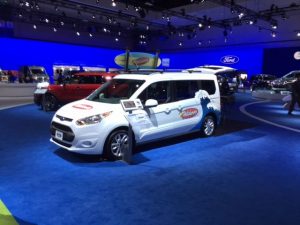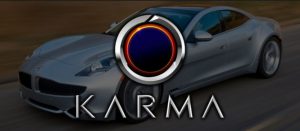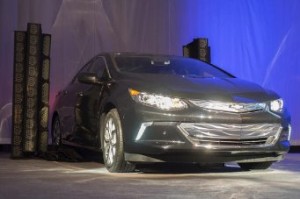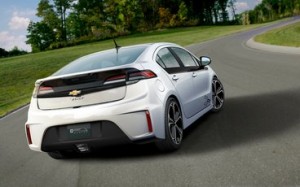Polestar 1 could be longest range PHEV: Volvo Car Group took a step forward on its commitment to electrify its fleet through the new Polestar division. The Polestar 1 plug-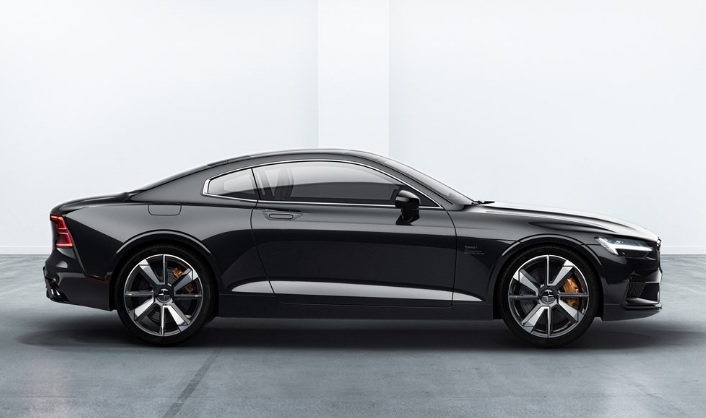 in hybrid is scheduled to roll off the production line in mid-2019. It’s a two-door, 2+2 seat coupe with an ‘Electric Performance Hybrid’ drivetrain capable of going about 93 miles on battery power. That could be less in the U.S., with Polestar not specifying whether range is based on European or U.S. standards. If it is 93 miles, it would be the longest range plug-in hybrid electric vehicle on the market. It will have a lot of power, with an output of 600 horsepower and 1000 Nm of torque, appealing to the high-performance car buyer. It will be built on Volvo’s Scalable Platform Architecture (SPA) but approximately 50% is new and created by Polestar’s engineers. A carbon fiber body reduces bodyweight. The company confirmed plans are in place for three Polestar models to be built at a production facility in China. Polestar 2 will be a battery electric vehicle, mid-sized to compete with the Tesla Model 3. It’s slated to start production in late 2019 and will have higher production volumes than the Polestar 1.
in hybrid is scheduled to roll off the production line in mid-2019. It’s a two-door, 2+2 seat coupe with an ‘Electric Performance Hybrid’ drivetrain capable of going about 93 miles on battery power. That could be less in the U.S., with Polestar not specifying whether range is based on European or U.S. standards. If it is 93 miles, it would be the longest range plug-in hybrid electric vehicle on the market. It will have a lot of power, with an output of 600 horsepower and 1000 Nm of torque, appealing to the high-performance car buyer. It will be built on Volvo’s Scalable Platform Architecture (SPA) but approximately 50% is new and created by Polestar’s engineers. A carbon fiber body reduces bodyweight. The company confirmed plans are in place for three Polestar models to be built at a production facility in China. Polestar 2 will be a battery electric vehicle, mid-sized to compete with the Tesla Model 3. It’s slated to start production in late 2019 and will have higher production volumes than the Polestar 1.
Autonomous Bolts in NYC: General Motors will be testing out self-driving Chevy Bolts in New York City through its Cruise Automation subsidiary. The automaker will be the first to test Level 4 autonomous vehicles in the state, according to Governor Andrew Cuomo; Level 4 allows the car to go into fully autonomous mode with the driver capable of taking control. GM engineers will travel along in the driver’s seat to monitor performance, with a second person riding in the passenger seat. The state of New York has taken a cautious approach to testing out self-driving cars, with its current rules expiring on April 1, 2018. Participating automakers need to list specific vehicles being used for the tests in their application, and each tested vehicle must be covered by a $5 million insurance policy. Another rule under the state’s law is for each testing company to pay for a police escort to accompany the autonomous test vehicle. Other states are taking a more flexible approach to testing autonomous vehicle, with New York requiring the most oversight.
Toyota showing hydrogen-powered concept: Toyota will be showing the Fine-Comfort Ride fuel cell concept vehicle next week at the Tokyo Motor Show. The company 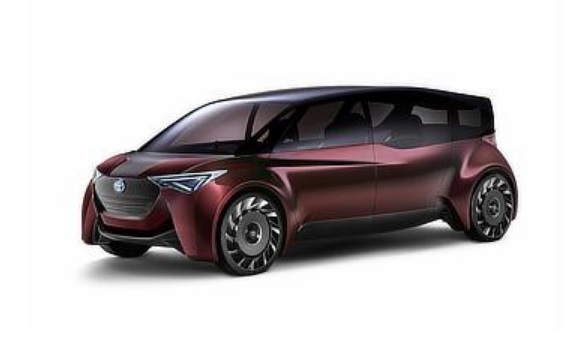 claims it can be refueled at a hydrogen station within three minutes, and will have 1,000 kilometers (620 miles) of driving range. That would be double the U.S. rating of 312 miles of range for the Toyota Mirai; however, Toyota said that the 1,000 km range rating is based on Japan’s JC08 test cycle, which would likely be farther than the U.S. rating. The concept car will also come with artificial intelligence and automated driving features, Toyota said. The “premium saloon” will have room for six passengers. The seat layout can be flexibly adjusted to make the vehicle as comfortable and user-friendly as possible.
claims it can be refueled at a hydrogen station within three minutes, and will have 1,000 kilometers (620 miles) of driving range. That would be double the U.S. rating of 312 miles of range for the Toyota Mirai; however, Toyota said that the 1,000 km range rating is based on Japan’s JC08 test cycle, which would likely be farther than the U.S. rating. The concept car will also come with artificial intelligence and automated driving features, Toyota said. The “premium saloon” will have room for six passengers. The seat layout can be flexibly adjusted to make the vehicle as comfortable and user-friendly as possible.

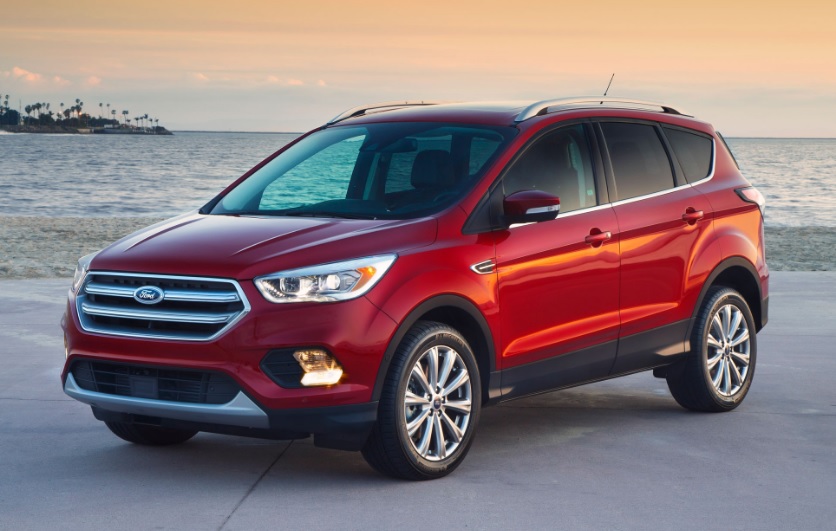 Max Energi plug-in hybrid. Ford has been disappointed with the C-Max Energi’s sales performance, though it has been doing a little better lately. Ford has been playing with the idea of a PHEV Escape for about a decade, having tested out a small fleet. Hybrid versions of competitors are out there with the Toyota RAV4 and Nissan Rogue, and an expectation that Honda will bring out a hybrid CR-V.
Max Energi plug-in hybrid. Ford has been disappointed with the C-Max Energi’s sales performance, though it has been doing a little better lately. Ford has been playing with the idea of a PHEV Escape for about a decade, having tested out a small fleet. Hybrid versions of competitors are out there with the Toyota RAV4 and Nissan Rogue, and an expectation that Honda will bring out a hybrid CR-V.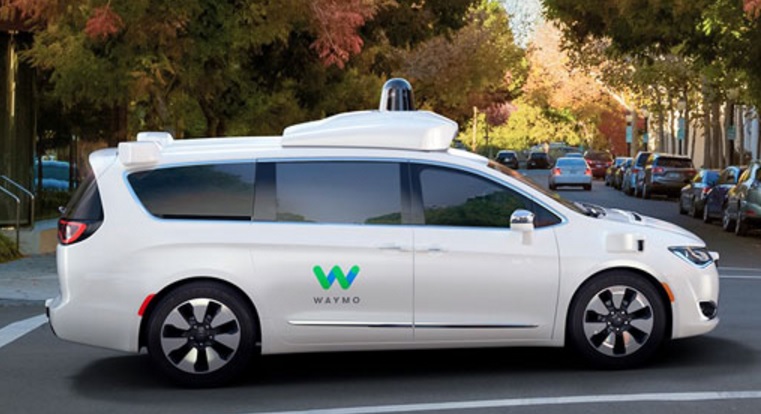 Avis Budget Group for the
Avis Budget Group for the 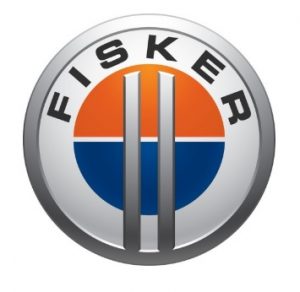 Fisker Inc.: Henrik Fisker is
Fisker Inc.: Henrik Fisker is 